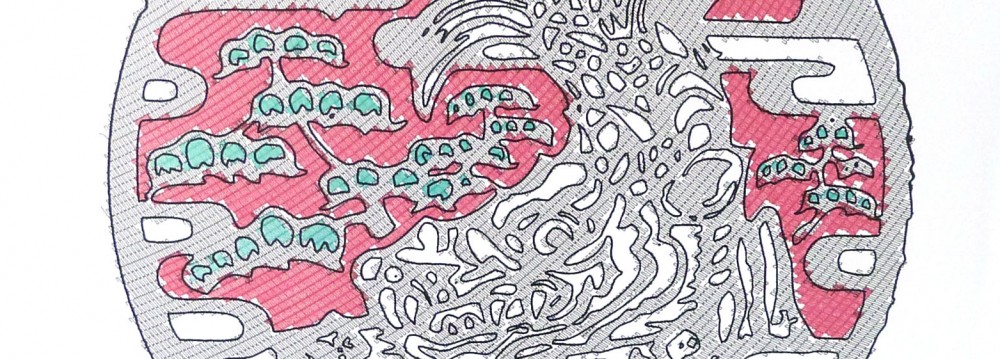Hi Ryan, welcome to the forum 🙂
The stuff you've got/ordered looks good. (As an aside, you mention the multiples for a 3d printer - using multiple L293D shields in a concerted way won't be easy I think - if you haven't already, have a look at http://store.amberspyglass.co.uk/buildlog-net-stepper-shield-complete-kit.html which is a very nice little shield designed to run GRBL (G-code interpreter) for things like the shapeoko. For polargraph it is overkill, but great for a little CNC kit.)
The PSUs I use are pretty much these ones:
http://www.amazon.co.uk/CostMad-Universal-Universally-Voltage-Replacement/dp/B004YBLD1G
but there's plenty on ebay that are pretty similar - Ex-Pro is a popular brand:
http://www.ebay.co.uk/itm/Ex-Pro-Worldwide-Variable-Voltage-AC-DC-Power-Plug-27w-Regulated-3v-12v-2250mA-/370823607471?pt=UK_ConsumerElectronics_PowerAdaptors_SM&hash=item5656cf34af
I like something with variable voltage because there's no other way of adjusting the power with the adafruit shield. I usually run a motorshield at 6v or 7.5v. You have slightly lower current motors so you can probably go a bit higher, but it's nice to be able to tune it. Plenty of people just bung a 9v (or more) supply on though, so it's not essential by any means. Most of this is covered in the Polargraph instructable actually.
The drivers on the shield can draw 600mA each, so a power supply that is capable of supplying 1200mA would be ideal, but I never had any problems with a 1000mA supply.
The motorshield has a jumper on it that unites the motor power circuits with the logic power circuits. So if the jumper is there, you can plug the PSU into the main power socket on the arduino and it will supply the motors too. Not recommended by Adafruit necessarily, but I've never had any problems with that arrangement.
The more conventional setup is to remove the jumper, and wire the PSU into the EXT_PWR terminals on the motorshield. That powers the motors, and let the +5v from the USB connection power the logic.
Re amount of cord - For each side, you need enough to stretch from one corner to the diagonally opposite corner, plus a bit extra to hang down the side. Doing very large drawings you are more likely to run into problems with the counterweight drop, or the lines sagging under their own weight on long stretches.
sn
|
 Author
Author
 Beginner trying to find the cheapest way round.
Beginner trying to find the cheapest way round.
